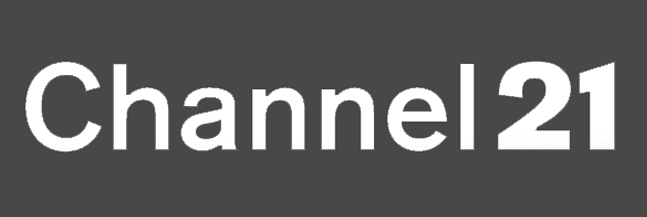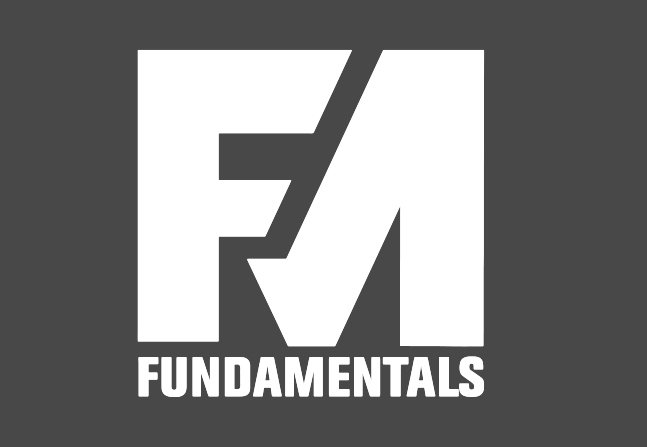Detailed figures on the production sector in Germany have been made available for the first time. And while one federal state dominates the country’s TV industry and producers, others are calling for more funding.
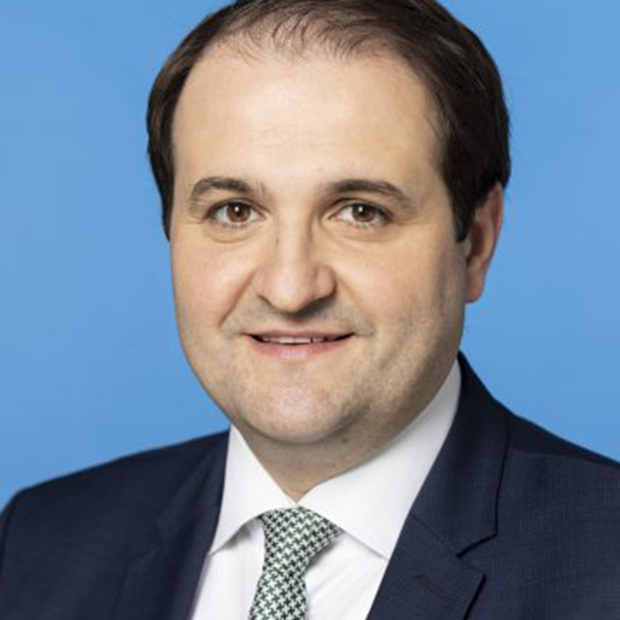
Nathanael Liminski
When the state government of North Rhine-Westphalia (NRW) presented its study into film and TV production in the region compared with other federal German states in 2021 and 2022, almost all the important producers were there. This was perhaps not surprising because the results show that the country’s most populous state is still the leader in terms of production.
In 2022, 42% of all German shows, series and films were made by more than 160 producers in studios and locations between the Rhine and Ruhr. Bavaria supplied a total of 21% of all production and next came Berlin with 12% and Hamburg with 10%. In all, about 85% of everything made in Germany for TV, VoD or cinema is created in these four federal states.
Despite the fact NRW, with stations such as WDR or RTL, can be considered the most important TV location, state media minister Nathanael Liminski still sees “light and shade” for the location in the study. “Our federal state is particularly strong when it comes to entertainment productions,” he said: “[But] Munich and Berlin still produce significantly more fiction content.”
According to Liminski, this should change with the increased filming of “stories with relevance.”
With 777,000 programme minutes produced across Germany, the survey also revealed the industry set a new record. Never before has there been more filming in the country – an increase of 4% compared to the pre-Covid year of 2019. Almost €2.6bn (US$2.76bn) was invested in film, TV and streaming production in Germany in 2022. Around €1.6bn of this came from ARD and ZDF, as WDR programme director Jörg Schönenborn emphasised when presenting the results.
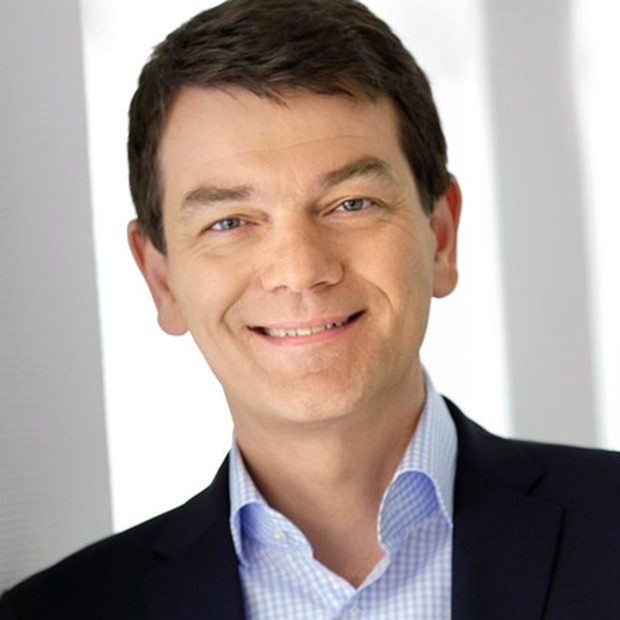
Jörg Schönenborn
Also remarkable were the figures on production companies, which have never been compiled in such detail before. For example, in 2022 the Cologne-based Banijay Group delivered the largest output with 56,281 minutes, ahead of the Cologne- and Munich-based All3Media Group with 55,766 production minutes. The UFA Group, based in Potsdam and Cologne, followed in third place with 49,100 minutes. Together, the German top 15 production groups produced a total of 462,243 minutes last year.
And for the first time, a survey also provided information on producers’ revenues. Leonine was the production company with the highest turnover in Germany last year at €378m, followed by Constantin Film (€330m), UFA (€300m) and Beta (€283m).
In a survey of broadcasters, per-minute prices rose by an average of 5-10% in 2021 and 2022. They also blamed Covid-19-related additional costs, increased energy prices and general inflation.
But the cost increase does not affect all broadcasters and genres equally. Taking ZDF, for example, the figures it publishes in its annual overview, ‘Programme Profiles and Costs,’ show the average cost of TV movies rose from around €17,981 to €18,507 per programme minute from 2020 to 2023. This corresponds to an increase of around 3% within three years. For shows, comedy, reports and documentaries, on the other hand, the average price per minute at ZDF has fallen, despite rising costs for producers. Adjusting volumes is apparently not the way to save money at ZDF – instead, the cost pressure is passed on to contractors.
At other clients, such as private broadcasters or film rights trader Degeto, the number of programmes has been reduced in some cases. On the other hand, ways have been found to make cheaper productions. This is especially the case for Funk, ARD and ZDF’s content network for 14- to 29-year-olds.
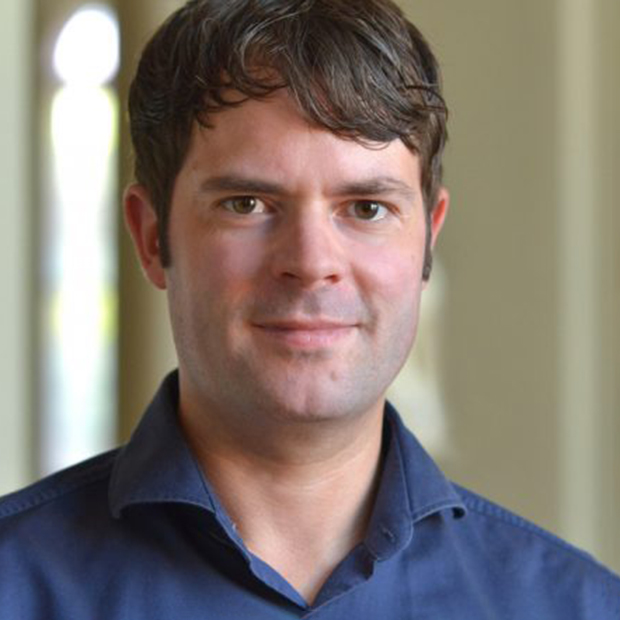
Björn Böhning
The presentation of the study led to a lively discussion about urgently needed film funding reform.
Federal minister of culture Claudia Roth had announced in advance that comprehensive reforms would be carried out and that central and state funding would be established under the umbrella of the Filmförderanstalt, through which new forms of funding would be handled. The aim is to better ensure the competitiveness of the TV and film industry. Film funding in Germany totals €600m, just under a third of which, €197m, is provided by the federal states.
Björn Böhning, MD of the Alliance of German Producers – Film & Television, welcomed the “one-stop shop” approach to funding, which has been in place in France and Spain for a long time.
He said: “The production market has basically been the extended workbench of broadcasters and streamers until now. The producers had hardly any rights.”
The lobbyist pointed out that film funding was below 20%, while in Italy, for example, it was slightly above 30%. “Roth’s plan, which would increase the quota to 30%, is important. In 2024, the overall economic situation will make it much more difficult for us. We need measures to help us from January 2025.”
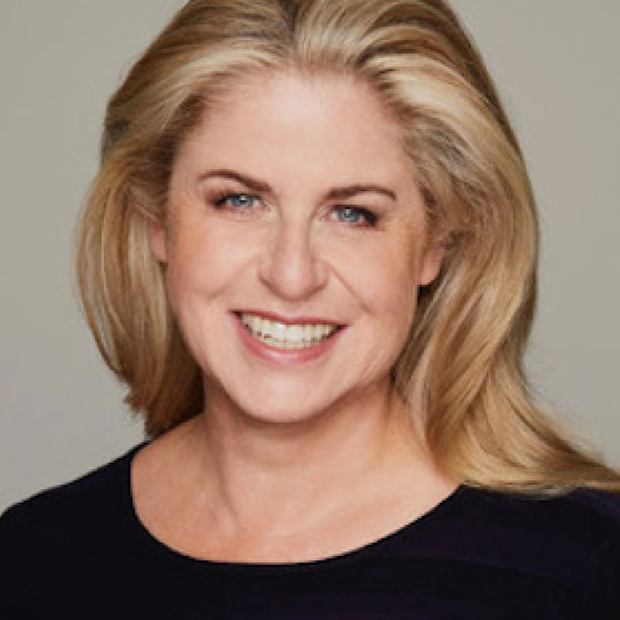
Sabine Anger
But Böhning’s demand for more exploitation rights for producers was rejected by Sabine Anger, senior VP for streaming in Central and Northern Europe, Pluto TV and Paramount+, who said: “I want the rights because I take the risk and pay for the production.”
She has been operating in the German market for 10 months and has pleaded for a tax incentive model. “This is common internationally. As an international company, we already look at which country we produce in in the most cost-effective way.”
Finally, Liminski reiterated that he sees direct state intervention in the market as a “last resort,” saying: “I’d prefer to have regulation that targets rights rather than promotion; that’s always the second-best solution. We are not focused on a tax incentive model so far, but I can also imagine an Austrian model; that would not be so complicated.”





















